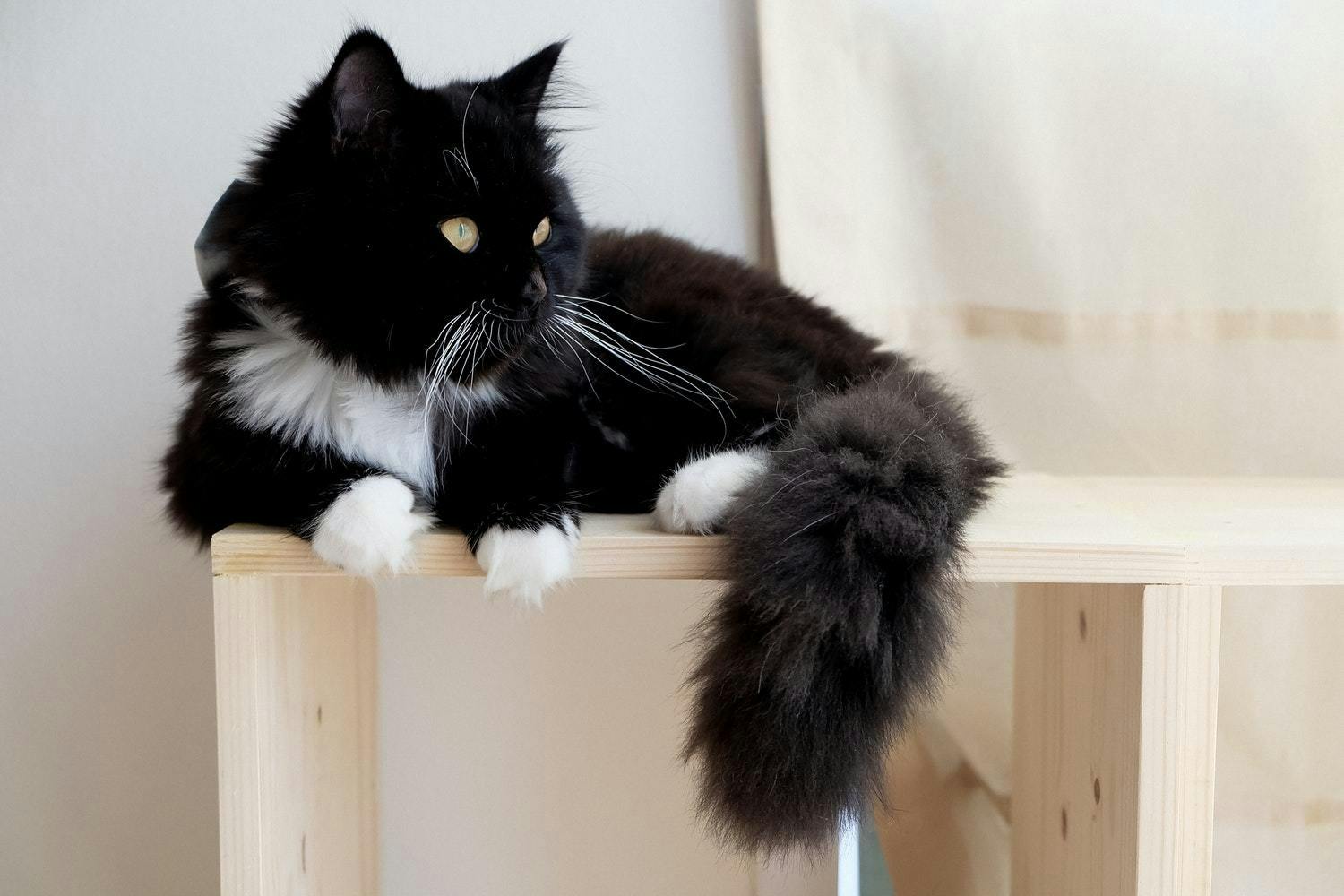Just like us humans, our purrfect companions also have different blood groups. Do you already know what know your kitty's blood type is? Knowing your cat’s blood group can be vital in different situations, yet, unless it's an emergency, this doesn't come up often. Here is what you need to know about different blood groups in cats and why you really should know your letters!
Background information
Despite the abundance of different blood type systems known in humans, dogs, horses and other species, in domestic cats only one has been established - the AB system. There are three blood groups determined: A, B and AB (Bighignoli et al, 2007). A fourth group MiK has also been identified, but not much is yet known about this group and it seems to be very rare (Weinstein et al, 2011).
The distribution of blood groups varies significantly across different parts of the world, however most figures would fall into these ranges: A=40-90%, B=10-30%, AB=9% and MiK less than 1%. Blood type frequency also varies highly by breed. Surveys show that breeds such as the Siamese, Tonkinese and Oriental Shorthairs most commonly have serotype A, while British shorthairs, Cornish Rex and Devon Rex have a much higher instance of serotype B (over 25%) (International Cat Care, 2018).
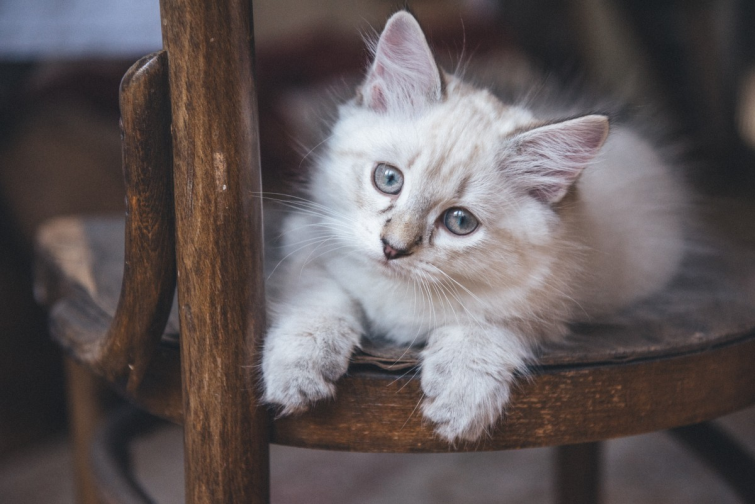
Biology of blood groups
Blood types in cats are identified by the presence of antigens A and B on the feline red blood cell surface (erythrocytes). Additionally, cats naturally produce alloantibodies, antibodies against the red blood cell antigens not present on their own cells. Felines with blood type A have antigens A on their red blood cells and their leukocytes produce anti-B antibodies in their blood. In contrast, those with blood type B have antigens B on their red blood cells and anti-A antibodies in the blood.
The rare carriers of both antigens A and B on the red blood cells don’t have either of these antibodies and are marked as AB serotypes (Figure 1). Currently, no cats have been reported without at least one of these antigens present on their erythrocytes. Antibodies are built to bind to foreign molecules which they can recognize and destroy.
Therefore, if anti-A antibody comes in contact with the antigen A - it will bind to it and destroy the erythrocyte. This is why the presence of antigens and antibodies and their interactions are vital when it comes to blood transfusions and feline breeding as they are exactly what determines blood compatibility between cats (more in section "Why do I need to know my feline’s blood type?").
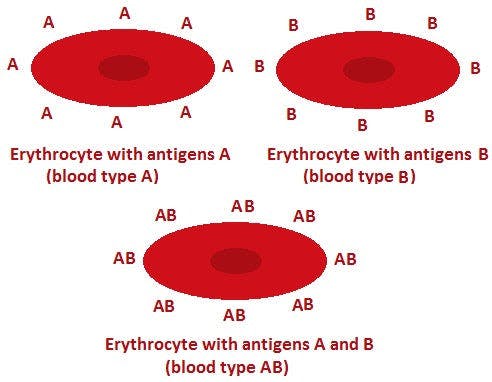
Figure 1: Blood types are identified by the presence of antigens A and B on red blood cells
Genetics of blood groups
Blood types are genetically determined. Just like us, cats carry two copies of each gene in their cells. That means they will always carry a pair of the gene that determines their blood group. There are three alleles (or variants) of this gene: A, aab and b.
The allele A is dominant, meaning that all cats carrying at least one allele A will always express serotype A regardless of the other present allele. Allele b is recessive, meaning only cats with both alleles b will be serotype B. in the end, if a cat has an allele aab combined with aab or b, it will have serotype AB (Table 2).
Table 1: Blood groups in cats: serotypes

Why do I need to know my cat's blood group?
Understanding blood groups in cats is essential mainly because of alloantibodies which naturally act against red blood cell antigens. Kittens start producing alloantibodies around two to three months of age, and previous exposure to blood products is not necessary.
Alloantibodies bind to the corresponding antigens on erythrocytes, causing lysis of the erythrocytes and leading to their detriment. Knowing your cat's blood type is particularly essential during a number of occasions, most commonly in breeding and blood transfusions.
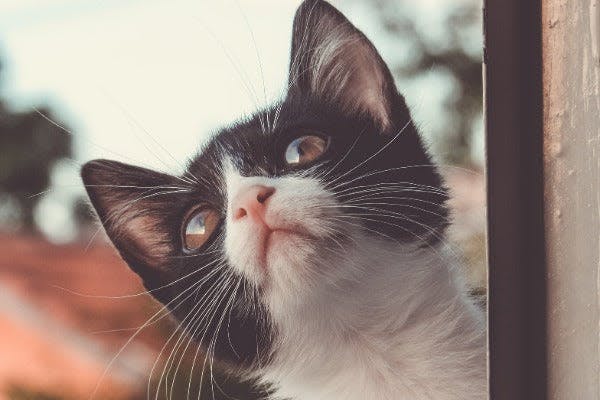
1) Blood group clashes in breeding
Blood group clashes can cause neonatal isoerythrolysis and lead to the death of kittens! Any of the antibodies present in a new mother cat will also be present in her colostrum (milk). When the kitten is first born, its intestines are adapted to absorb mom’s antibodies. This way, mom’s antibodies protect her kitten against diseases in the early weeks of life, before they can produce their own antibodies.
This is critically vital and highly beneficial for newborn kittens. However, the problem arises if two cats of different blood groups are bred, and some of the kittens inherit a different serotype than their mom. In such a case, because a nursing mother may be producing antibodies against certain blood types in her milk, the kitten’s blood cells with the corresponding antigens could be destroyed and the kitten could die.
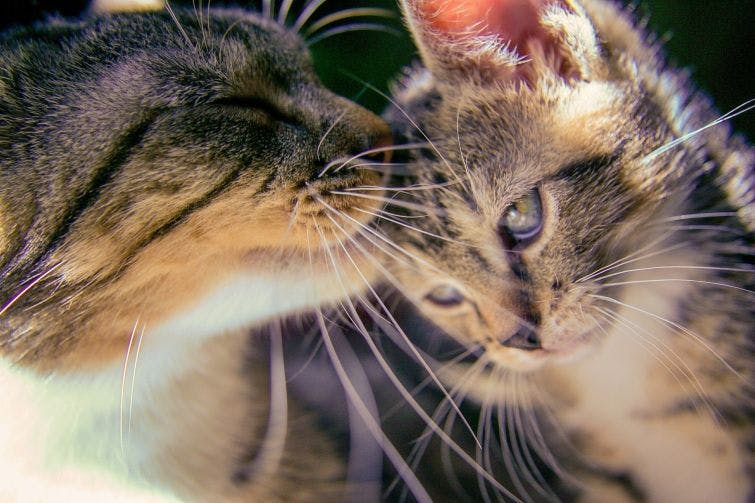
As the treatment is very difficult and often impossible, prevention of neonatal isoerythrolysis is crucial. This disease is more common among pedigree cats, as the frequency of type B blood is higher than in the mixed breeds. It is highly recommended that serotypes are always determined beforehand. Afterwards, these rules should be followed:
a) Type B queens should always be bred only with Type B toms!
b) Avoid breeding Type B cats in general. This limits the pool and choice, and eliminates the problem altogether.
c) If you do breed a Type B queen with a Type A or AB tom, always keep all the A and AB kittens away from their mom in their first 24 hours post-birth. This method was proven to be successful among many breeders. However, this will require you to test the blood type of all your kittens immediately post-birth.
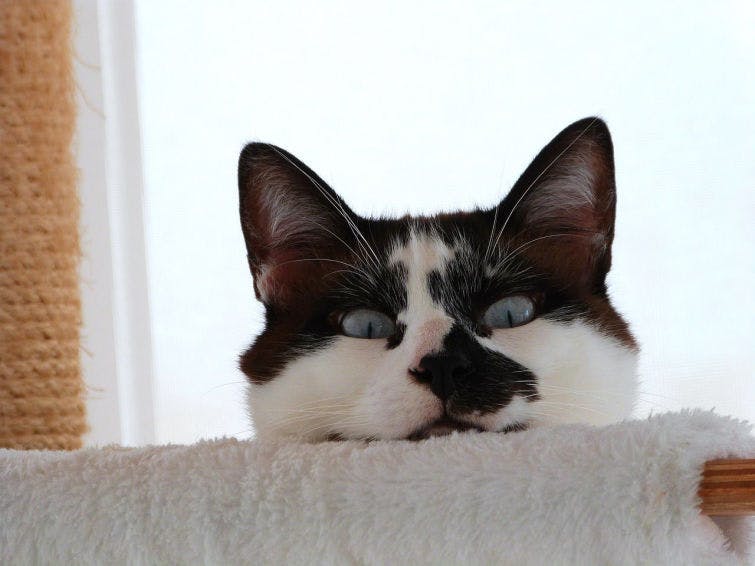
2) Blood group clashes in transfusion therapies
Transfusion therapies are often required as treatment for different conditions such as anemia, hemorrhage, hemostatic defects and hypoproteinemia. If pre-transfusion testing is performed and the donor is carefully selected, cats tend to tolerate and respond to these therapies very successfully. What is important to keep in mind is that:
a) There are no universal donors in cats.
Unlike humans, there are no universal donors among cats, as no cats have been identified without any antigens on their erythrocytes (such as the null type in humans). All cats should be matched up with a donor who shares their own serotype,, otherwise the destruction of fetal blood cells may occur..
b) There is a universal recipient, however.
Serotype AB may receive all blood types, as no allo-antibodies are produced in this type.
IMPORTANT: Prior to the transfusion, both donor and recipient should be blood typed. Once the blood types are known, cross-matching should be the next performed step. If the blood transfusion isn’t successful, immune or non-immune reactions can occur anywhere from one to two hours after the beginning of the therapy, to up 48 hours later.
Immune reactions include hemolysis, allergic reactions and fever. While Non-immune reactions are bacterial contamination, hemolysis, hypocalcemia, hypothermia, hypoammonemia and volume overload. In both types of reactions, life of the transfused erythrocytes is shortened.
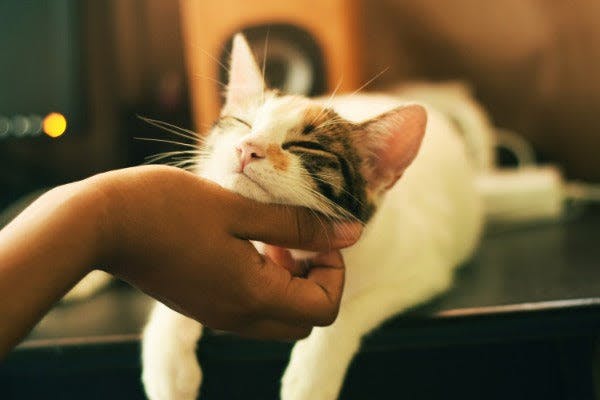
Learning about their genetics, health and behavior is highly important as it enables us to provide our purrfect companions with long and healthy lives. This is why knowing your cat's blood type is highly valuable and may be essential in the future. Do you already know your letters?
